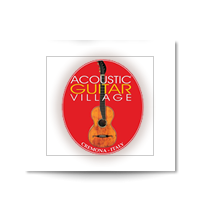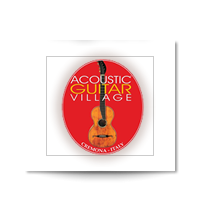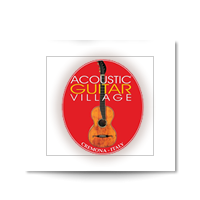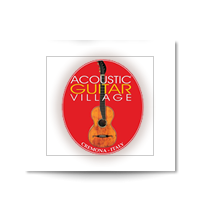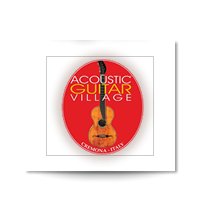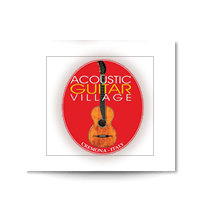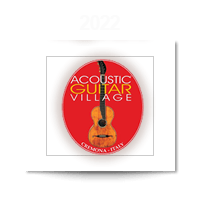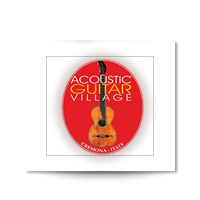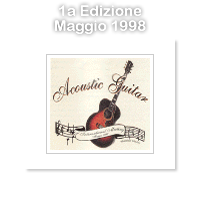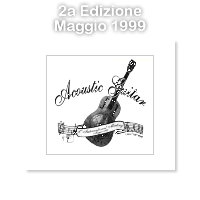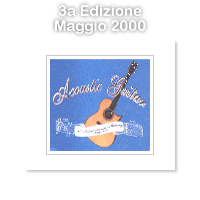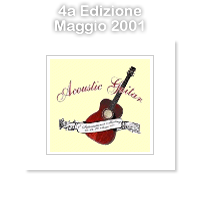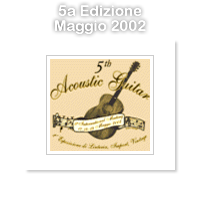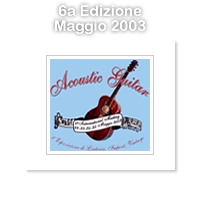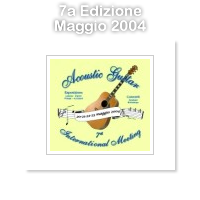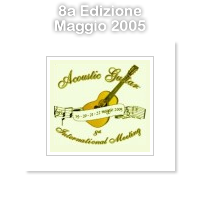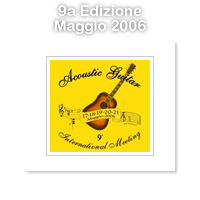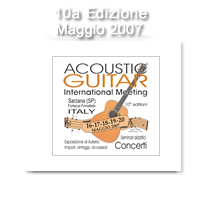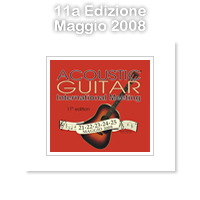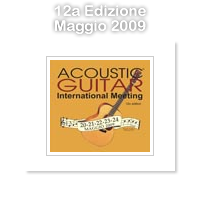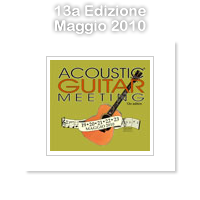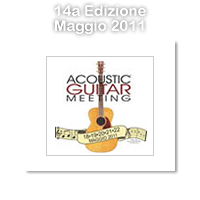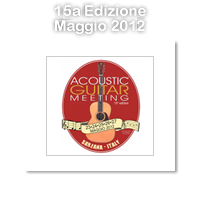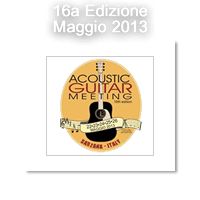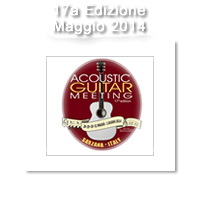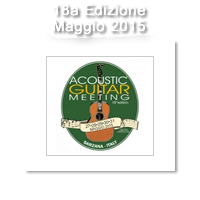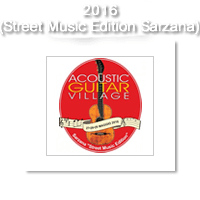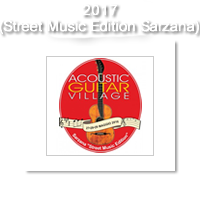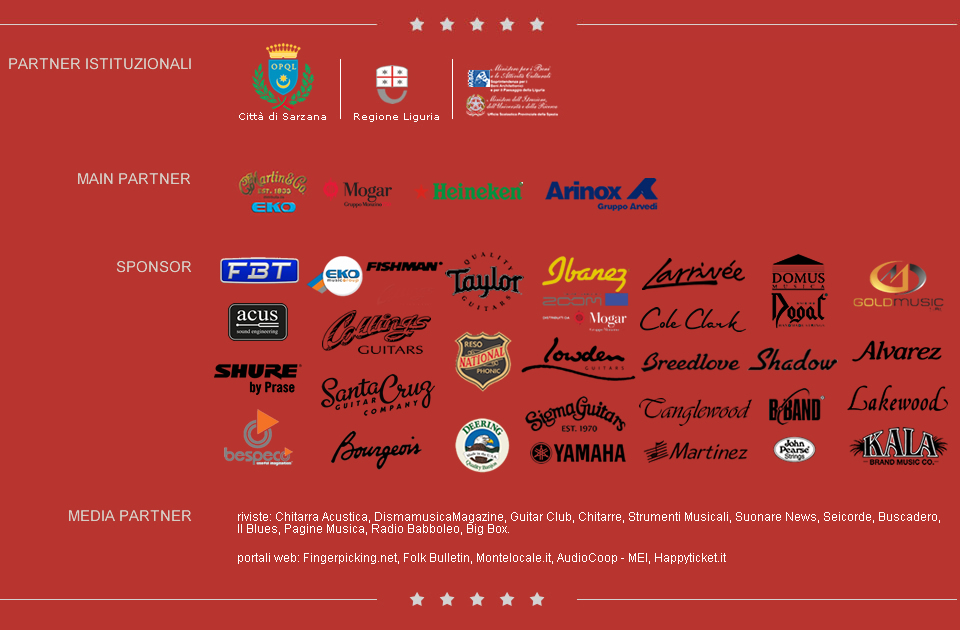inside the Acoustic Guitar Village, Cremona Musica September 2023 edition, there will be 2 didactic masterclasses:
–Acoustic Guitar Lutherie Masterclass
–Mandolin Intensive Masterclass
below all the details with program and teachers
Masterclass of lutherie for acoustic guitar, classical and modern
Friday 27th, Saturday 28th, Sunday 29th September 2024
Masterclass room 1 of the Cremona Fair offices
Teachers: Master Luthier MICHAEL BASHKIN and Master Luthier JASON KOSTAL
Translation and assistance by luthiers Max Monterosso and Mirko Borghino
Cost of 250,00 euros
DOWNLOAD REGISTRATION FORM
PROGRAM:
Master luthier MICHAEL BASHKIN
ARTIST, SCIENTIST, LUTHIER.
Michael Bashkin brings a unique vision and sensibility to the art of guitar-building – a philosophy that crystalized during his years teaching tropical forestry in Belize, Central America. Michael’s approach is holistic, merging his experience as a visual artist, a musician and a lifelong student of wood.
Michael understands wood on a level that few of us do. He sees grain the way a photographer sees the nuances of texture in reflected light. He hears the resonance. He feels the personality captured in a sheet of Italian spruce. He hears the voice, bright and full of life, waiting to be expressed.
Michael is also a scientist whose graduate studies at Colorado State University and post-graduate research at Duke University taught him about the mechanics of wood. He knows where wood has come from and how it’s evolving. He has studied the way trees are responding to climate change – and how the wood harvested from them can be sculpted and assembled to respond to energy in certain, very special ways. Having studied with such gifted luthiers as Ervin Somogyi and Harry Fleishman, he shares their abiding respect for both aesthetics and function – balanced elegantly.
THE BIRTH OF BASHKIN GUITARS IN COLORADO
After years of experimentation and exploration, Bashkin Guitars came to life in 1998 in Fort Collins, Colorado. Today, Fort Collins seems an especially appropriate home for this creative luthier. It’s a college town, a music town, and the national center for craft brewing! It’s also a national hub for farsighted research in energy and environmental innovation – and the gateway to the Rocky Mountains. This city pulses with vitality, balancing technology and creative inspiration. It is the perfect home for this world class guitar builder.
www.bashkinguitars.com
Program Michael Bashkin:
Friday 27th September, from 10am to 1pm:
Making and installing bindings and purflings
This class will cover making binding and purflings from your own lumber and veneers. I will cover wood selection and the process for making bindings and purflings in large batches and individual pieces. Additionally, I will give overview of the tools and methods used to cut and install bindings and purflings
Saturday 28th September, from 10am to 1pm:
Small shop efficiency and creativity
This class will cover approaches to increase small shop efficiency with the goal of increasing time for creativity. Work is broken down into categories and the methods used to work efficiently. I will discuss the use of jigs, templates, CNC verses handtools and when to use different approaches optimize workflow, creativity and work life balance
Sunday 29th September, from 10am to 1pm:
Controlling the guitars voice
The voice of the guitar is a result of the materials, design and design execution. In this class I will present an overview of wood selection, design considerations and voicing procedures
Master luthier JASON KOSTAL
Jason Kostal is one of the most creative and respected luthiers of the latest generations of American luthiers.
He began his career as a luthier more than 30 years ago, later attending the Roberto-Venn School of Lutherie in Phoenix, Arizona. During his 5 months there, he continues to learn and grow as a builder and repair technician under the guidance of a top-notch staff and an exceptional group of students. After graduating from RV, he decides to remain as an assistant instructor in the acoustic guitar program, where he continues to learn and develop his skills with extensive training alongside other excellent teachers. During this time he opened his own shop and began building Kostal guitars. He remained on the Roberto-Venn staff for three and a half years, moving on to teaching acoustic guitar building, repair and business development.
In November 2008, he had the opportunity to attend courses taught by Ervin Somogyi and began a two and a half year internship, a 30 month journey that would forever change the way he understood the guitar. During his time with Ervin, he has the opportunity to build guitars under his tutelage and mentorship and learns to look at the guitar, understand what it is capable of, and create a guitar that expresses his own vision. Always with Ervin he learned the most current techniques for building, tuning and perfecting the instrument, elevating his art to new levels of artistic expression.
Once he finished his apprenticeship, he moved back to the Phoenix area, where he opened a store in Queen Creek, Arizona.
Each year Jason builds a small number of custom instruments and today takes pride in creating guitars that will last a lifetime and play incredible music for generations to come. Kostal Guitars is an active boutique that allows each instrument to be meticulously designed and built on an individual basis. The process is truly collaborative, from wood selection to delivery of the finished guitar, working closely with each customer to learn what they want in an acoustic guitar and thus handcraft the instrument of their dreams.
Thanks to his experience, combined with the knowledge and teachings of the great masters, today Jason Kostal is one of the most esteemed luthiers in business.
www.kostalguitars.com
Program Jason Kostal:
Friday 27th September, from 2pm to 5pm:
Handmade vs Technology
People often view guitars as falling into one of two categories, hand crafted or technology crafted. I view the modern guitar as a symbiotic relationship between the two, using hand skills, experience and an understanding of the guitar coupled with modern tools, design capabilities, and technology to design and create a world class instrument. This class will cover the strengths and shortcomings of both and how a combination of equipment and mindset can improve efficiency and capability to create the best possible instrument
Saturday 28th September, from 2pm to 5pm:
Marketing, Branding and creating a successful business
This presentation will focus on the aspects of creating a brand and finding new ways to market and present yourself, as well as how to interact with the client, the use of dealers to represent you, and direct sales. We will focus on good business practices, shows, social media, and other pricing your work for an international market
Sunday 29th September, from 2pm to 5pm:
The last little bit
Building an instrument as a novice or an advanced practitioner is essentially the same in terms of procedures. The biggest difference between an entry level guitar and world class instrument is usually the attention to detail that goes into the final 3-5% of the process. We will talk about areas where focus and attention are needed to create the best instrument possible, and tips tricks, and tools to get you there. This discussion will focus on my own process as well as ideas and methods I have seen others use to create the best guitar that you are capable of and feel confident showcasing it on a global market
Masterclass in mandolin specialisation
Sunday 29th September 2024 from 10am to 12:30pm
Masterclass room 2 of the Cremona Fair offices
Teacher: Master CARLO AONZO (IT)
Masterclass in mandolin specialisation
How to optimize the time spent practising. Daily exercises and repertoire to help you draw the greatest results from your training
Cost of 50,00 euros
info and registration: giulia.alliri@gmail.com
info@accademiamandolino.com
Master CARLO AONZO
Carlo Aonzo is a worldwide known Italian mandolin performer, teacher at the Conservatory of Bari and winner of several prestigious awards; during his long career he has played in all continents for such institutions as the Philharmonic Orchestra of La Scala in Milan, the Maggio Musicale Fiorentino, the Teatro Massimo V. Bellini of Catania, the Sicilian Symphony Orchestra (Italy), the Carnegie Hall and the Metropolitan Museum of New York, the Nashville Chamber Orchestra (USA), the McGill Chamber Orchestra in Montreal (Canada), the Philharmonia of San Petersburg (Russia), the Minsk Chamber Soloists (Belarus), the Schleswig-Holstein Musik Festival (Germany).
Carlo is often invited as musical director and visiting faculty by the most important international mandolin institutions namely the Classical Mandolin Society of America, the Federation of Australasian Mandolin Ensemble, the European Guitar and Mandolin Association, the Steve Kaufman’s Acoustic Kamp (Tennessee), the River of the West Mandolin Camp (Oregon), the Zupfmusik-verband Schweiz (Switzerland), the Mandolin Festival in Berlin, the Saigon Guitar Festival, the Goa Mando Fest (India), the Osaka International Mandolin Competition (Japan), the Yasuo-Kuwahara Competition Schweinfurt (Germany) and he regularly teaches seminars and workshops worldwide.
Since 2000 he leads his annual “Carlo Aonzo Mandolin Workshop” in New York and Milwaukee In 2006 he creates the International Italian Mandolin Accademia that he is still successfully directing and constantly expanding with new activities among which the production in 2020 of the short-documentary series “L’Italia dei 1000 Mandolini” (the 1000 mandolins of Italy) on the mandolin and its fascinating world. He has released several albums covering different musical genres, made research on the history of his instrument collaborating also with the New Grove Dictionary of Music and Musicians and published for MelBay, Hal Leonard (USA) and Les Productions d’Oz (Canada). He often appears in national Radio and TV programs in Italy and abroad, he has recently toured Japan, USA, Australia, India, Switzerland, France and Norway and has lately worked with the conductor Enrico Maria Sardelli and the legendary master pianist Bruno Canino.
www.carloaonzo.com
www.accademiamandolino.com
Didactic material: All the necessary material will be provided in advance in digital format.



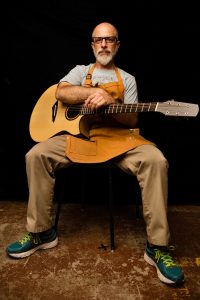
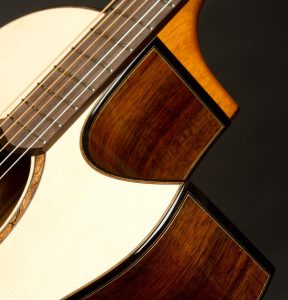
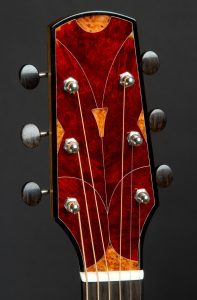
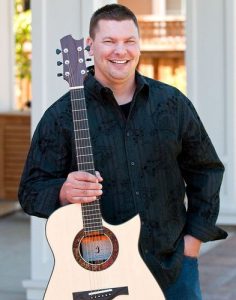
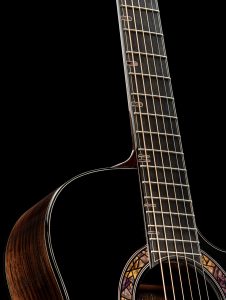
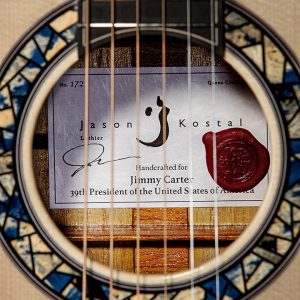
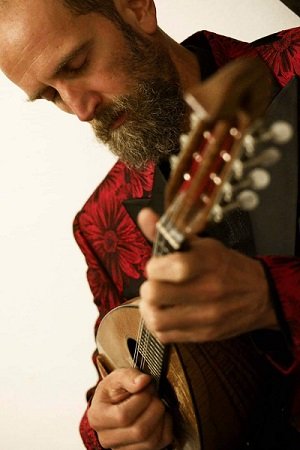
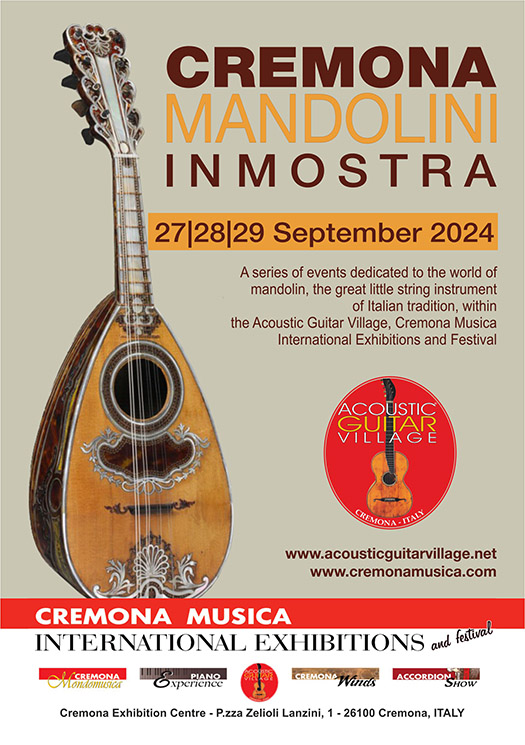
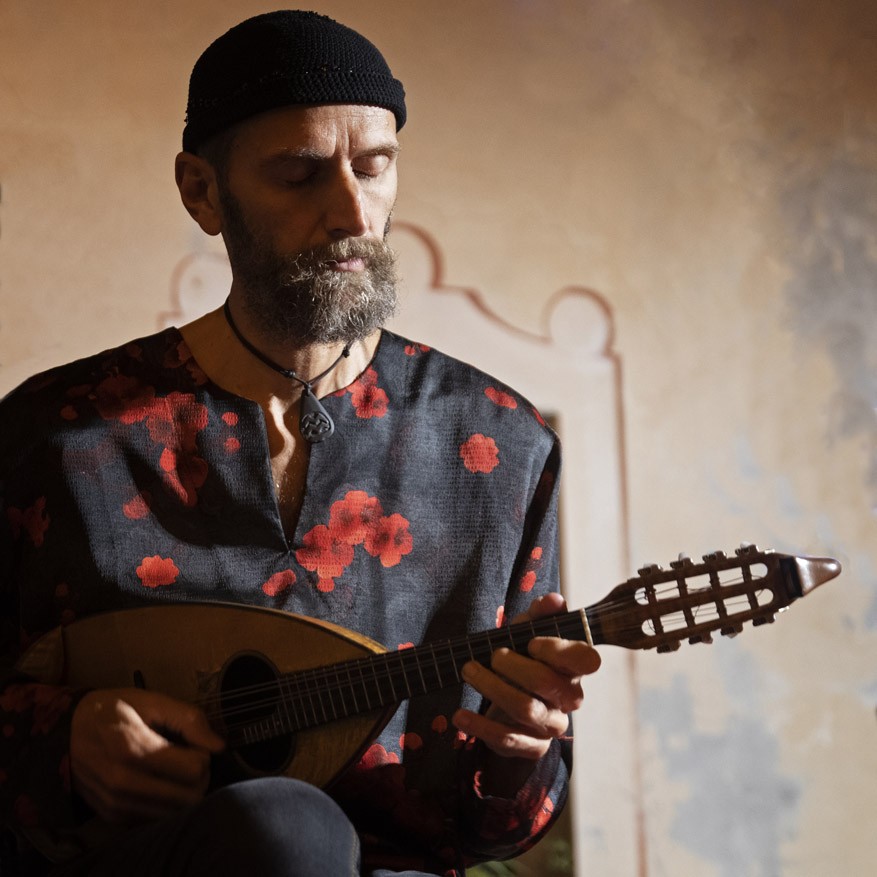
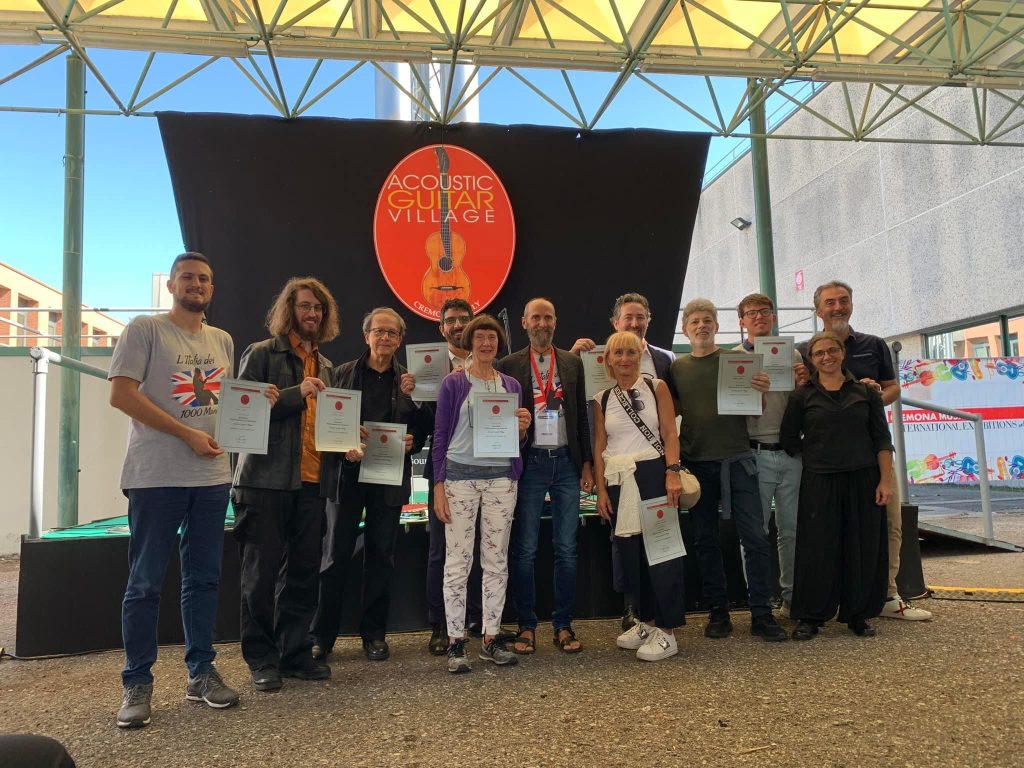
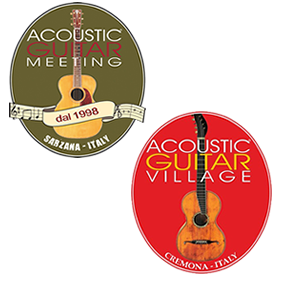
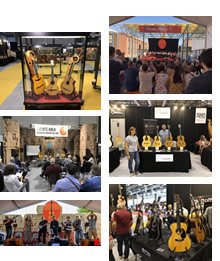
 Fingerpicking
Fingerpicking Woodstock Invitational Luthiers Showcase
Woodstock Invitational Luthiers Showcase Sound Messe in Osaka
Sound Messe in Osaka Paris Guitar Festival
Paris Guitar Festival MEI INDIPENDENTI DAL 1995
MEI INDIPENDENTI DAL 1995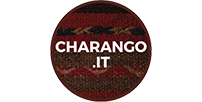 CHARANGO
CHARANGO